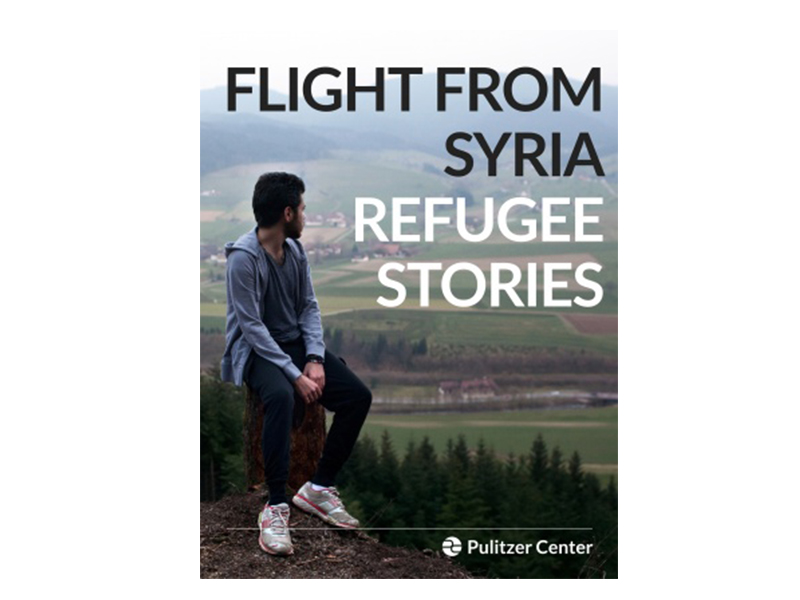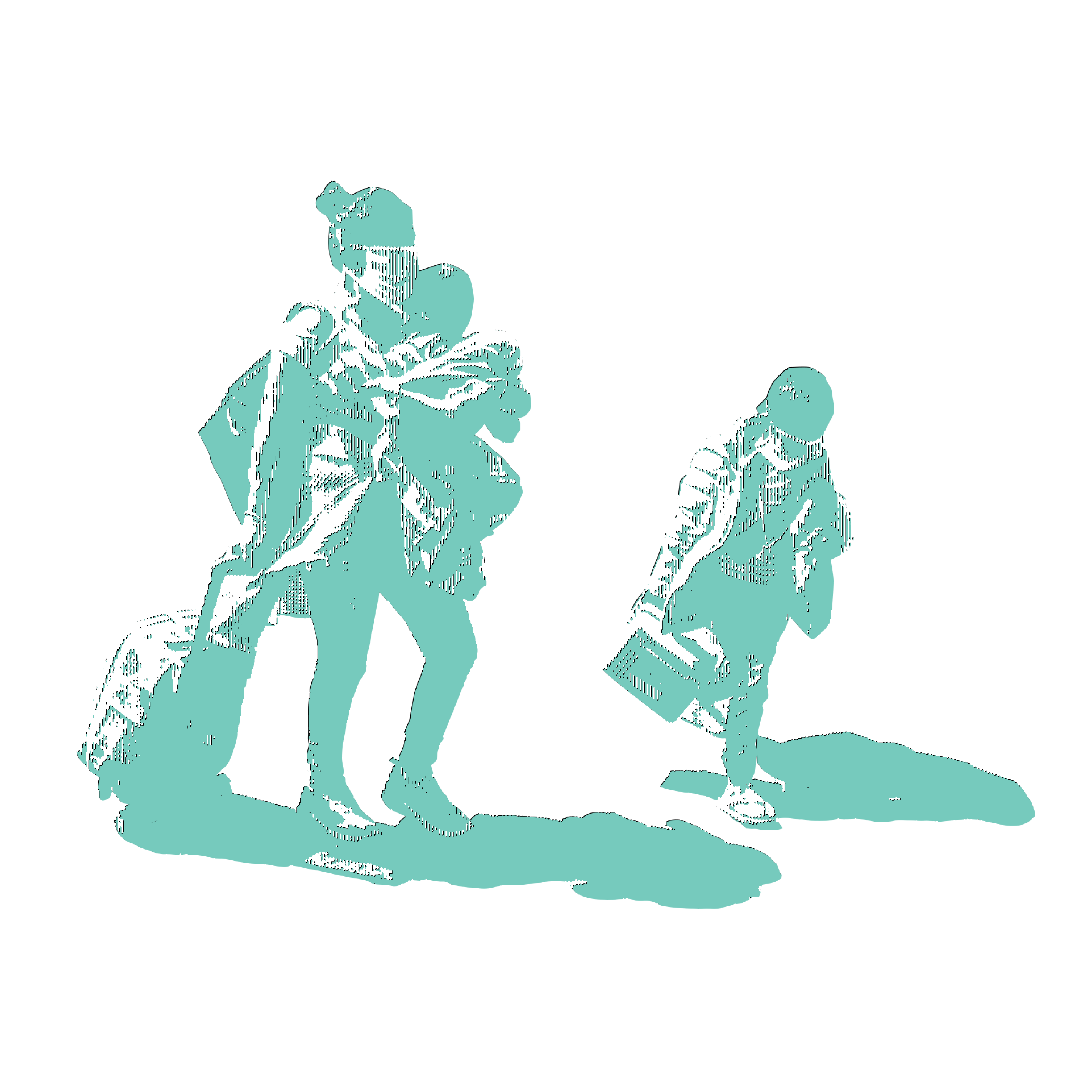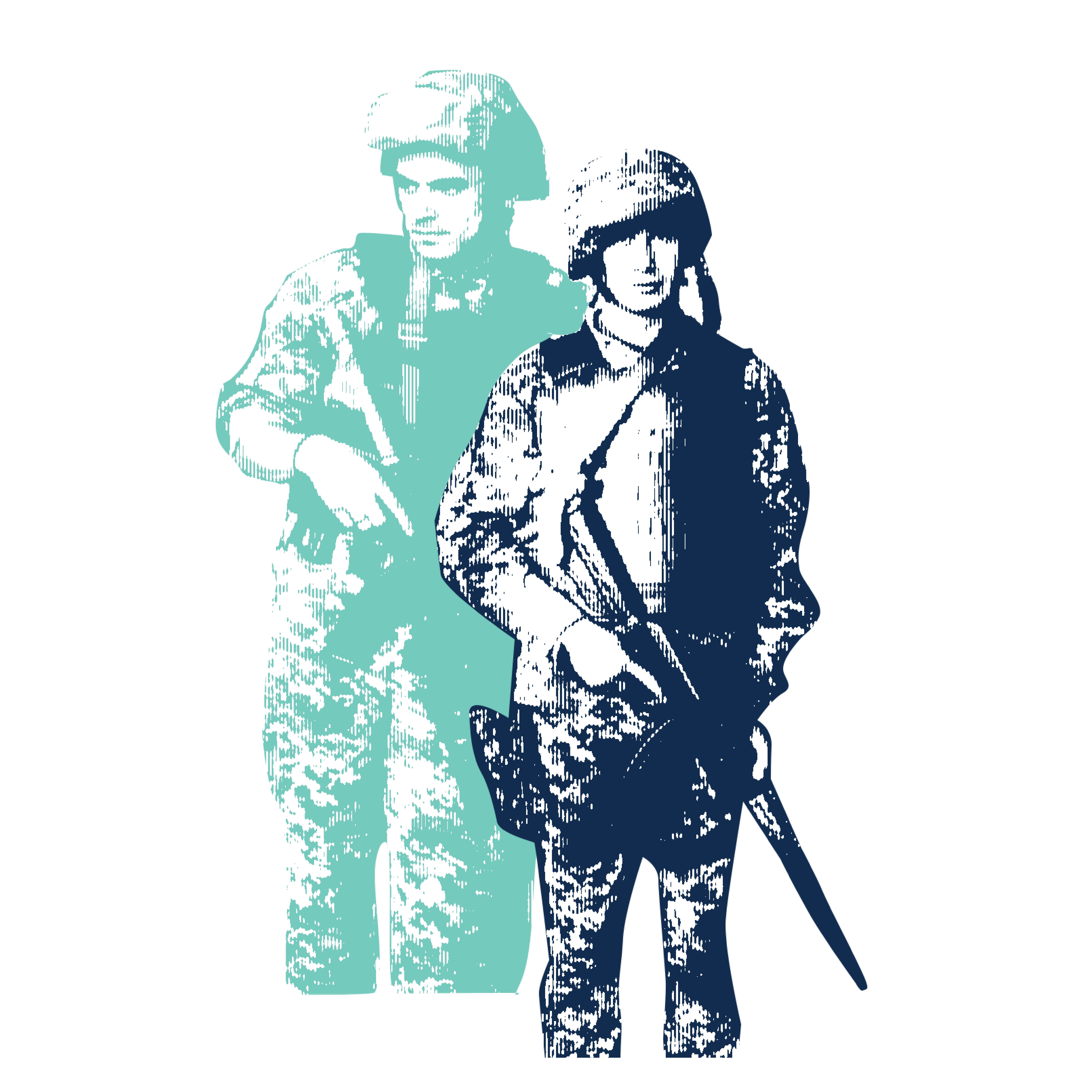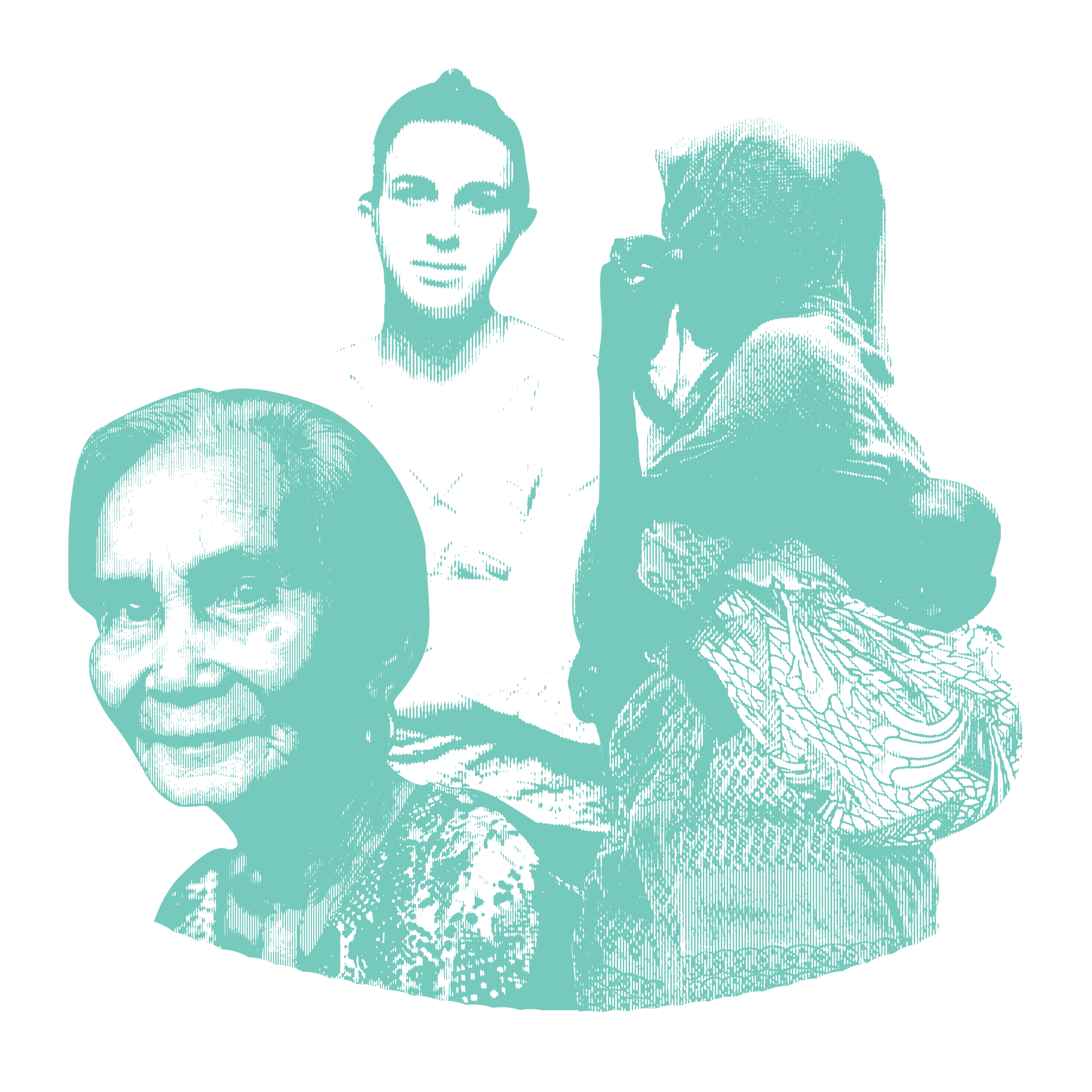Questions for Chapter 7, "Syria's Next Generation"
- What are some of the problems Syrian refugee children face? What are the effects of "traumatic memories and harrowing losses"?
- What are the goals of the Syrian volunteers who work with refugee children in this program?
- Describe the leader Nousha Kabawat's background and philosophy. Give examples of child-friendly conflict resolution programs. Under what circumstances can they be beneficial? Why or why not?
- In describing the children he works with, R., the 29-year-old graphic designer says, "I really find hope in them." Explain. Is he the only one who feels this way? Why might others find signs of hope?
- Study the information graphic "Helping Syria's Children" at the end of the chapter. Choose one organization to research and share your findings with the class. What is the mission of the organization and what programs does it foster? You may want to brainstorm ways to promote its work.
This lesson introduces students to the Pulitzer Center e-book "Flight From Syria: Refugee Stories," featuring the work of nine journalists whose travels took them from Syria to Sweden, and from crowded camps to cramped apartments in city suburbs. Students examine and discuss the Syrian refugee crisis and its effect on children.
View Flight From Syria: Refugee Stories on an ipad or as a PDF on a computer. See the summary and links for downloading.
You may want to assign all of the following activities. Or pick and choose!
Reading and Discussing:
Divide students into 6 groups and assign each group one of the first six chapters:
1. "The Displaced": Hugh Eakin and Alisa Roth discuss human rights issues—as well as the everyday life of refugees.
2. "From Armenia to Syria and Back Again": Alia Malek introduces us to a Syrian-Armenian Chritian who flees Syria to make a home in Armenia, the land his family left in the wake of the Ottoman genocide.
3. "Starting Over": Stephen Franklin paints portraits of those who have been uprooted, some iimprisoned or tortured: a lawyer, a soft-spoken pediatrician, a filmmaker, and a student.
4. "Closing the Doors": Alice Su writes of the injustices faced by Palestinian refugees, as well as those who have no place to call home.
5. "On the Turkish Border": Selin Thomas reports on refugees who live along the Turkish border, some without a place to sleep, and others with children who have been forced to abandon their education.
6. "A War's Diaspora": Joanna Kakissis and Holly Pickett follow refugees as they flee Syria to seek refuge in Europe—Greece, Germany, Sweden and Russia. Photo slideshows reveal intimate details of refugee life.
After reading the assigned chapters, each group will write 3 or 4 questions to be used to spark discussion.
Later each group will summarize the main points of their chapter. A group leader will moderate a class discussion using the questions written by the group.
The Power of Photography:
It is often said, "A picture is worth a thousand words." Study the images in the book and read the captions. Choose one image that speaks to you. Write one or two paragraphs about the image. What do you see? What does it bring to mind? What does it tell you about refugee life? Why do you find it a powerful image?
Refugee Children:
Ask students to read Chapter 7: "Syria's Next Generation" by Lauren Gelfond Feldinger.
Answer the five questions related to this resource.
Sharing Personal Stories:
Discuss refugee and immigrant communities in your area. Where did they come from? When did they arrive? What are examples of cultural traditions they have brought with them? Ask students to interview a refugee or immigrant in their family or neighborhood.
This lesson introduces students to the Pulitzer Center e-book Flight From Syria: Refugee Stories, featuring the work of nine journalists whose travels took them from Syria to Sweden, and from crowded camps to cramped apartments in city suburbs. Students examine and discuss the Syrian refugee crisis and its effect on children.








